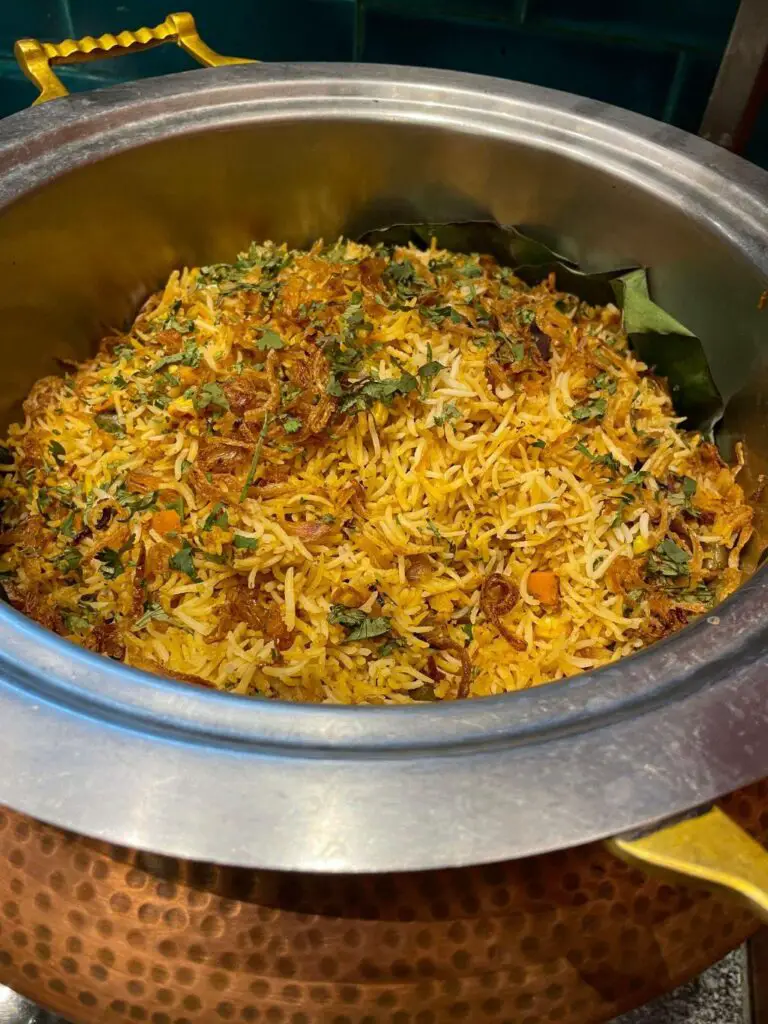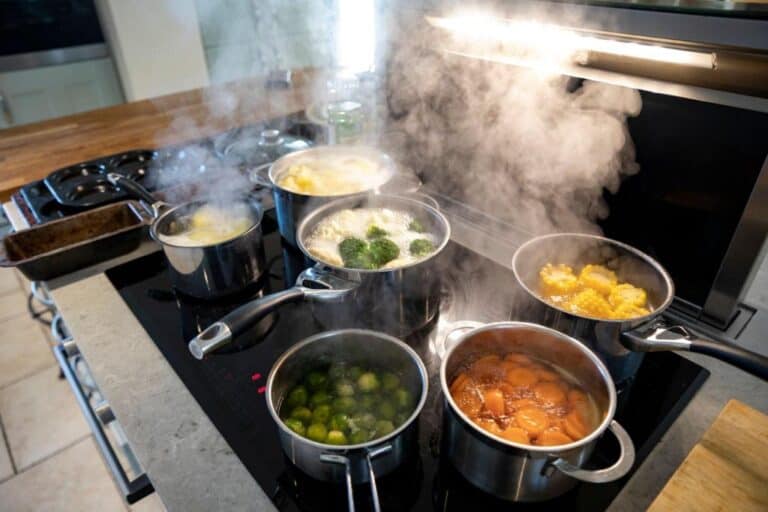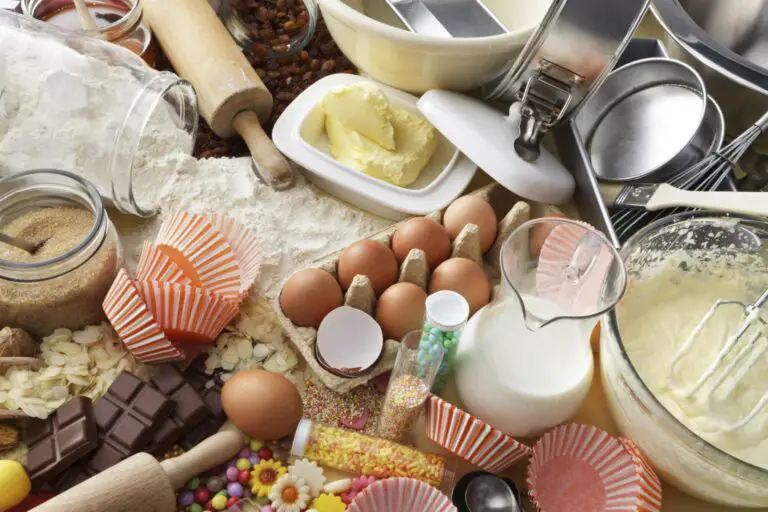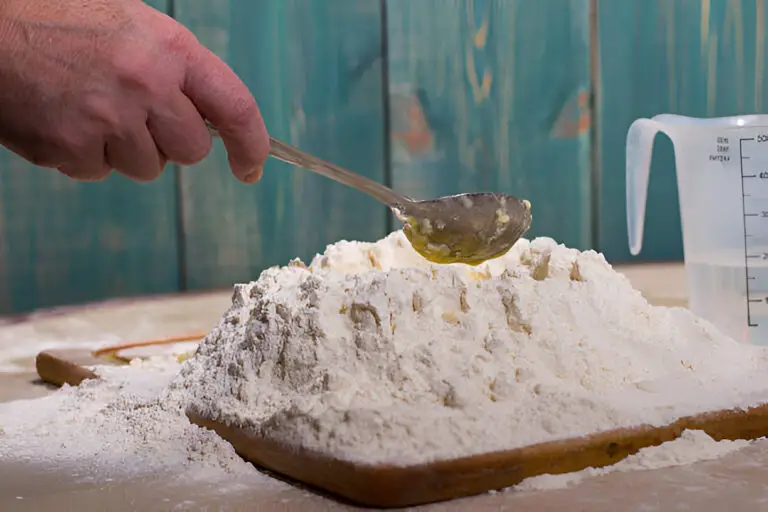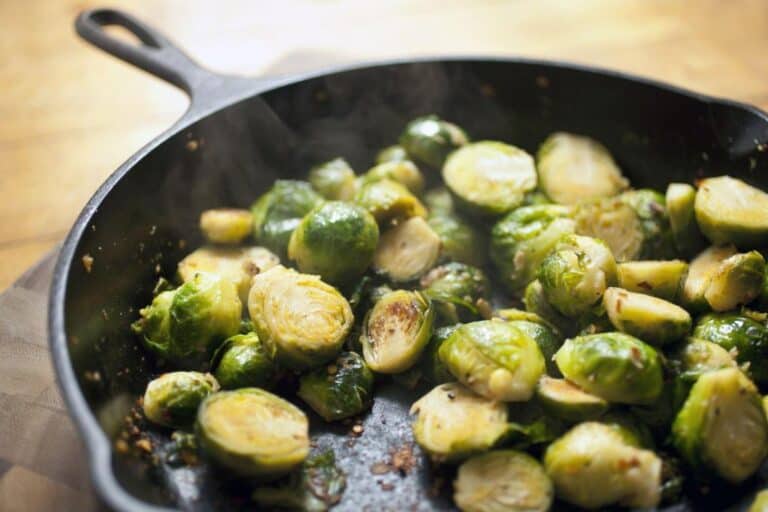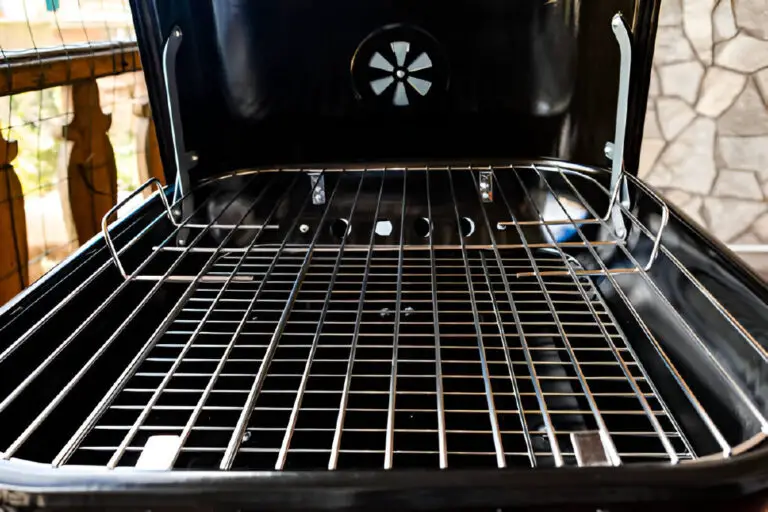The Right Way to Warm Up Your Precooked Casserole Without Overcooking
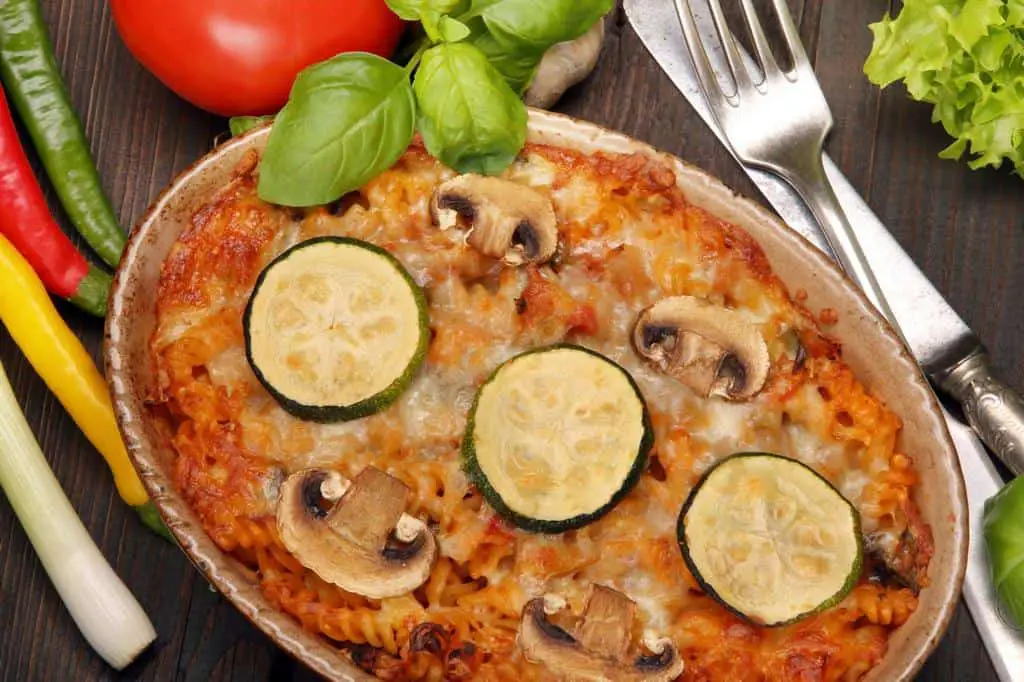
Let’s face it: casseroles are the unsung heroes of comfort food. They’re hearty, versatile, and perfect for feeding a crowd—or just yourself for a week. But here’s the rub: reheating them can feel like walking a tightrope. One wrong move, and you’ve got a dry, rubbery mess or, worse, a soggy disaster.
I’ve been there, and I’ve learned the hard way. So, let me save you the trouble and share my tried-and-true methods for warming up your precooked casserole without turning it into a culinary crime scene.
Why Reheating Casseroles is Tricky
Reheating a casserole isn’t as simple as slapping it in the microwave and hitting “start.” Casseroles are layered masterpieces—think creamy sauces, tender proteins, and crispy toppings. Each component reacts differently to heat, and if you’re not careful, you’ll end up with a dish that’s overcooked in some spots and ice-cold in others.
I remember the first time I tried to reheat a chicken and rice casserole. I zapped it for five minutes, only to find the edges were as dry as the Sahara while the center was still frozen. Lesson learned: reheating is an art, not a science.
The Golden Rules of Reheating Casseroles
Before we dive into the nitty-gritty, let’s lay down some ground rules. These are my non-negotiables when it comes to bringing a casserole back to life:
- Low and Slow Wins the Race: High heat is the enemy. It dries out your casserole and ruins the texture.
- Add Moisture: A splash of broth, milk, or even water can work wonders to keep things juicy.
- Cover It Up: Trapping steam helps distribute heat evenly and prevents drying.
- Stir or Rotate: If you’re using a microwave, give it a stir or rotate the dish halfway through.
The Best Methods to Reheat Your Casserole
Now that we’ve got the basics down, let’s talk about the best ways to reheat your casserole. I’ve tested them all, and here’s what works like a charm.
1. The Oven Method: For Crispy, Evenly Heated Perfection
If you’ve got a little extra time, the oven is your best friend. It’s the Cadillac of reheating methods—slow, steady, and reliable. Here’s how I do it:
- Preheat your oven to 325°F (165°C). This lower temperature prevents overcooking.
- Transfer your casserole to an oven-safe dish. If it’s already in one, even better.
- Add a splash of liquid. Broth, cream, or even a bit of butter can revive dried-out ingredients.
- Cover with foil. This locks in moisture and ensures even heating.
- Heat for 20-30 minutes. Check halfway through to make sure it’s warming evenly.
- Remove the foil for the last 5-10 minutes. This lets the top crisp up again.
Pro Tip: If your casserole has a crunchy topping (like breadcrumbs or cheese), sprinkle a little extra on before reheating. It’ll give you that fresh-from-the-oven crunch.
2. The Microwave Method: Quick and Easy (When Done Right)
Let’s be real—sometimes you don’t have 30 minutes to spare. That’s where the microwave comes in. It’s not my first choice, but with a few tricks, you can make it work.
- Cut your casserole into smaller portions. This helps it heat more evenly.
- Place it in a microwave-safe dish. Add a tablespoon of water or broth to keep it moist.
- Cover with a microwave-safe lid or damp paper towel. This traps steam and prevents splatters.
- Heat in 1-minute intervals. Stir or rotate the dish between intervals to avoid hot spots.
- Let it rest for a minute or two. This allows the heat to distribute evenly.
Pro Tip: If your casserole has a crispy topping, skip the microwave and use the oven instead. Microwaves are notorious for turning crunchy toppings into mush.
3. The Stovetop Method: Perfect for Single Servings
If you’re reheating just a portion of your casserole, the stovetop can be a lifesaver. It’s quick, efficient, and gives you more control over the heat.
- Heat a non-stick skillet over medium-low heat.
- Add a splash of oil or butter. This prevents sticking and adds moisture.
- Spread your casserole in an even layer. Let it heat slowly, stirring occasionally.
- Add a splash of liquid if it starts to dry out.
Pro Tip: This method works best for casseroles with a loose texture, like cheesy pasta or vegetable bakes.
| Related: How Many Times Can You Reheat Cooked Rice? |
How to Avoid Common Reheating Mistakes
Even with the best methods, things can go sideways if you’re not careful. Here are some pitfalls I’ve learned to avoid:
- Overheating: This is the #1 culprit behind dry, rubbery casseroles. Stick to low heat and check frequently.
- Skipping the Cover: Without a lid or foil, your casserole will dry out faster than you can say “leftovers.”
- Ignoring the Toppings: Crispy toppings need special care. Reheat them separately if possible.
- Using the Wrong Dish: Glass or ceramic dishes work best for even heating. Avoid metal in the microwave!
Reheating Times and Temperatures at a Glance
Here’s a quick reference table to help you nail the perfect reheat every time:
| Method | Temperature/Setting | Time | Tips |
| Oven | 325°F (165°C) | 20-30 minutes | Cover with foil, uncover last 5-10 minutes |
| Microwave | Medium power | 1-3 minutes | Heat in intervals, stir halfway |
| Stovetop | Medium-low heat | 5-10 minutes | Add liquid to prevent drying |
| Check out: Can You Reheat Chicken Casserole Twice? |
Keeping That Perfect Casserole Texture Intact
I’ve learned the hard way that reheating a casserole can be a gamble. Leave it in too long, and you’re left with a dry, sad excuse for a meal. Zap it on high in the microwave, and you’ll end up with molten edges and an ice-cold center. But after plenty of trial and error, I’ve cracked the code on how to warm up a precooked casserole without sacrificing its flavor or texture.
Preventing Overcooking in the Oven or Microwave
The trick to reheating a casserole is patience. If you’re using the oven, start with a lower temperature than the original cooking temp. Somewhere around 300-325°F works well. Covering the dish with aluminum foil traps moisture, so your casserole doesn’t dry out while it warms up. If you want a crispy top, remove the foil during the last few minutes.
Microwaving? Take it slow. Instead of blasting your dish on full power, set your microwave to 50-70% power and heat in short intervals. Stir or rotate if possible to ensure even warming. It’s all about keeping that creamy, hearty texture intact—nobody wants rubbery cheese or dried-out edges!
Why Resting Time Matters
I know it’s tempting to dig in the second your casserole is steaming hot, but hear me out—letting it rest for 5-10 minutes makes all the difference. Just like a good steak, a casserole needs time for its juices to settle, ensuring every bite is moist and flavorful. Covering it loosely with foil or a clean kitchen towel helps retain warmth without trapping excess steam.
So, next time you’re warming up last night’s casserole, take a breath, follow these simple steps, and let it rest before serving. Trust me, your taste buds will thank you!
My Go-To Casserole Reheating Hacks
Over the years, I’ve picked up a few tricks that make reheating casseroles a breeze. Here are my favorites:
- Freeze Individual Portions: If you know you’ll have leftovers, portion your casserole before freezing. It reheats faster and more evenly.
- Use a Thermometer: For meat-based casseroles, check that the internal temperature reaches 165°F (74°C) to ensure it’s safe to eat.
- Revive with Fresh Ingredients: Sprinkle fresh herbs, cheese, or a drizzle of sauce on top after reheating to brighten up the flavors.
Final Thoughts
Reheating a casserole doesn’t have to be a gamble. With the right techniques and a little patience, you can bring your leftovers back to life without sacrificing flavor or texture. Whether you’re team oven, microwave, or stovetop, the key is to treat your casserole with care. After all, it’s not just food—it’s a labor of love.
So, the next time you’re staring at a dish of leftover casserole, don’t dread the reheat. Embrace it. And if all else fails, just remember my motto: when in doubt, add cheese.
Now, go forth and reheat like a pro!

